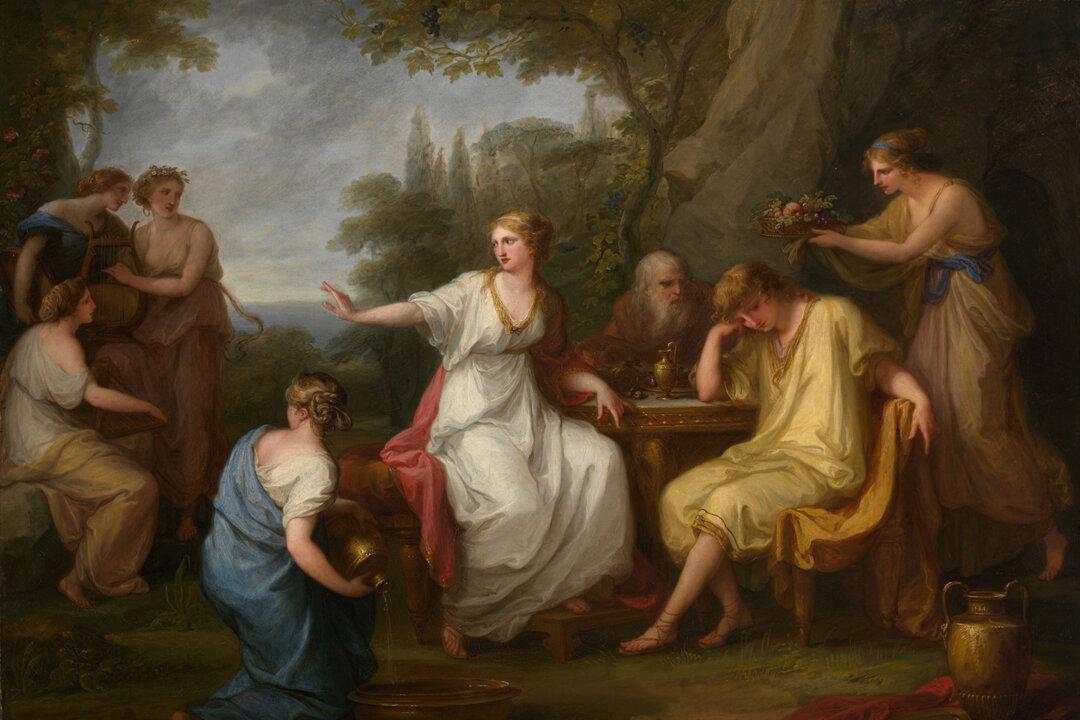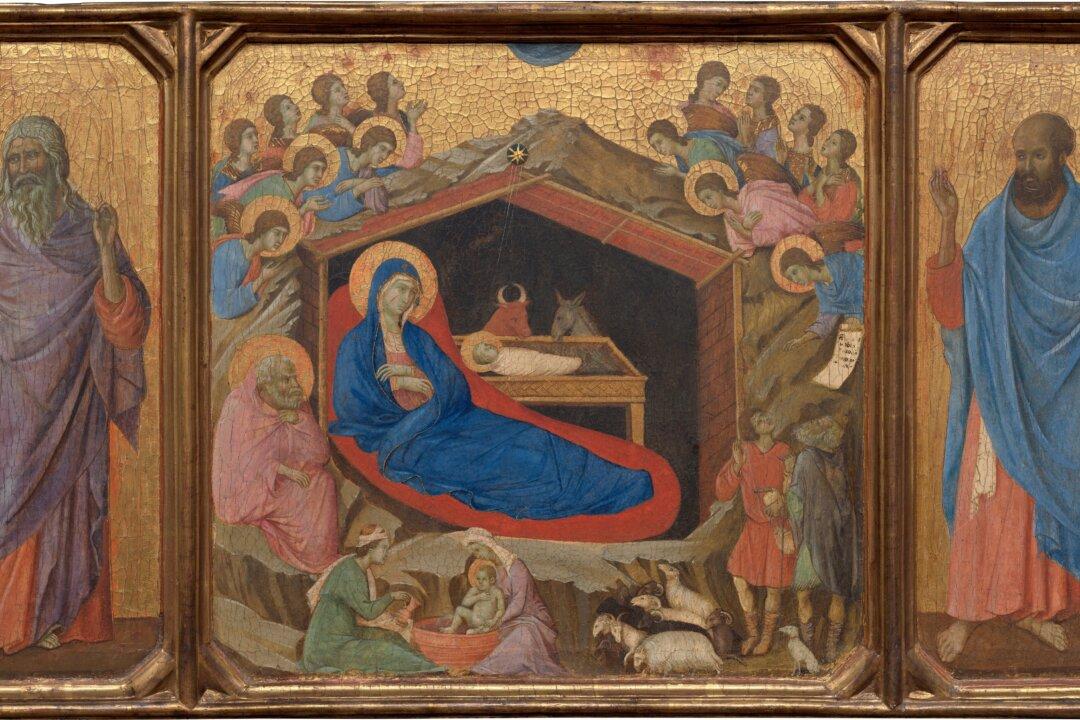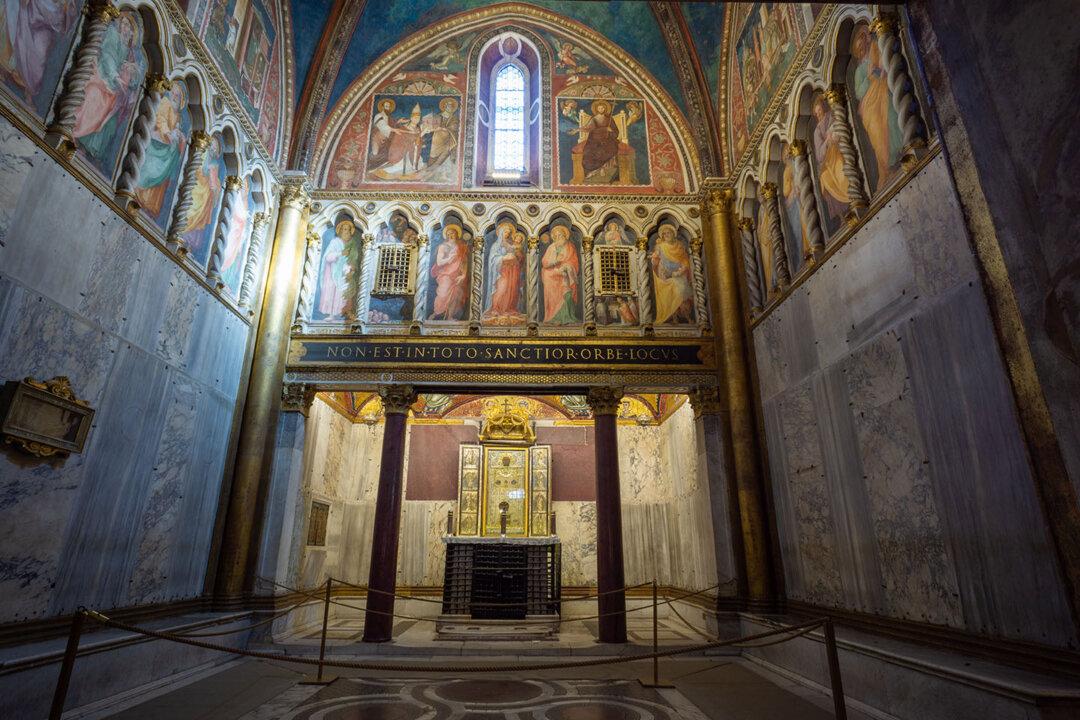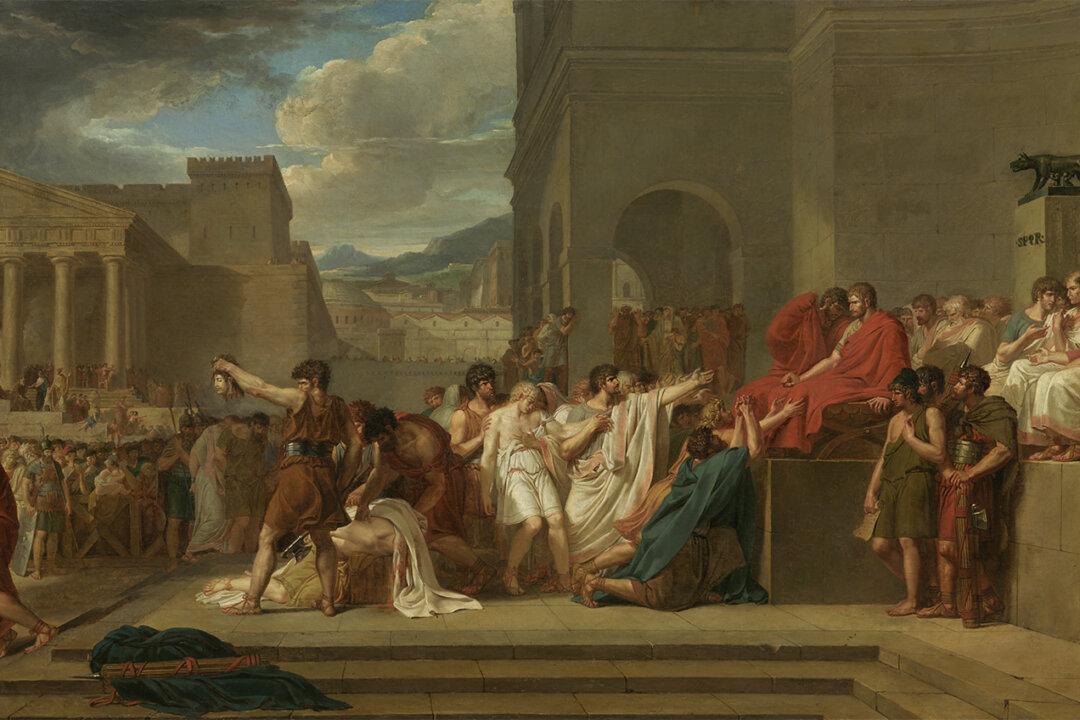The life and career of Angelica Kauffmann was an extraordinary one for a woman artist of the 18th century. Born in Switzerland to a poor painter, Angelica nevertheless received a broad education as the only child in the family, and showed prodigious talent as a portraitist and opera singer while still in her teens. Her early mastery of German, French, Italian, and English laid the foundation for her international success as a premier Neoclassical artist and a prominent woman in European elite society.
In her youth, Kauffmann’s father traveled much for work, taking his daughter with him from Switzerland to Austria and Italy. She had already been known as a portraitist by the age of 12, with bishops and nobles sitting for her; and at 15, she was assisting her father in frescoing a church in Vorarlberg, Austria.





